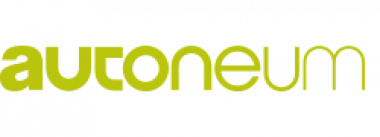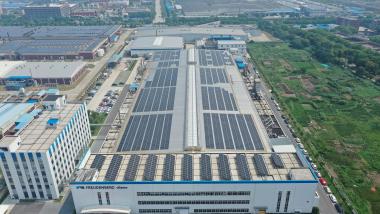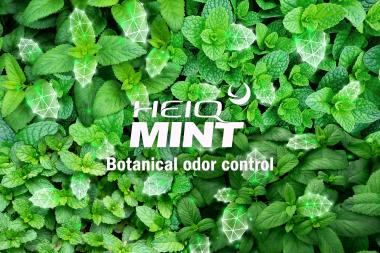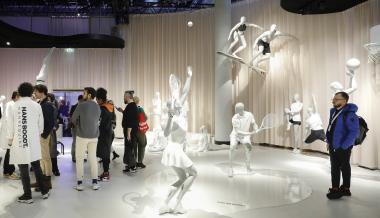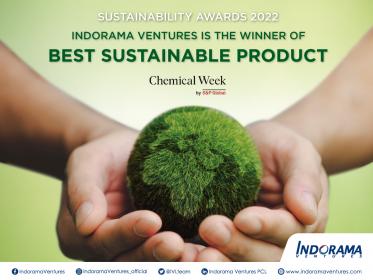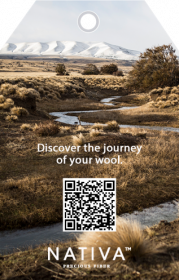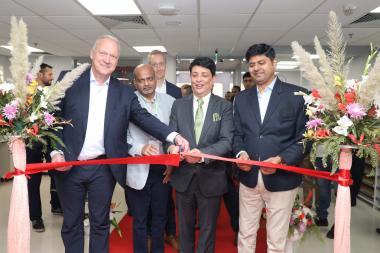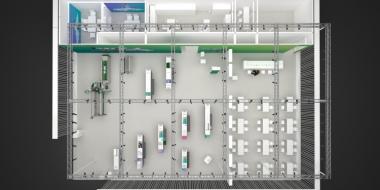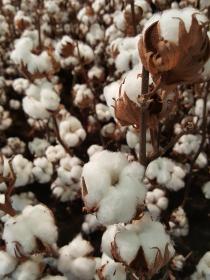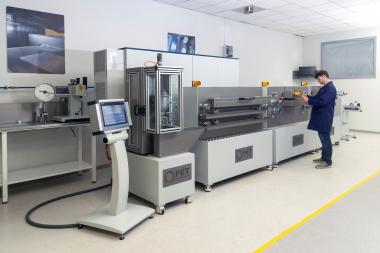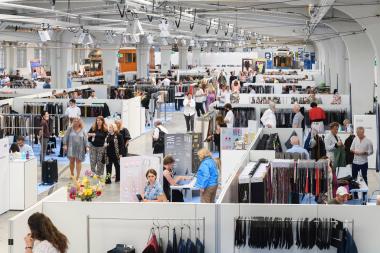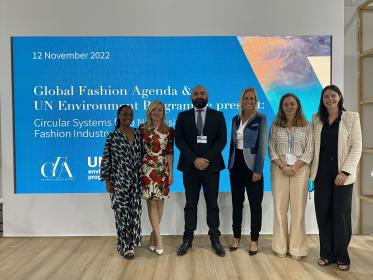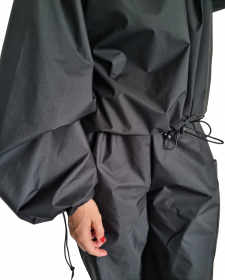Ansmann AG stellt drahtlose Heizfolie vor
Ansmann AG hat eine neuartige, überhitzungssichere Heizfolie auf der COMPAMED 2022 in Düsseldorf vorgestellt. Diese erste drahtlose Heizfolie mit völlig konstanter Wärmeverteilung war, der medizintechnischen Veranstaltung entsprechend, zu einem beheizbaren Rollstuhlpolster verarbeitet. Doch auch eine Vielzahl weiterer Anwendungen sind mit der Kunststofffolie umsetzbar: Beispiele sind beheizbare Fahrradsättel, Smart Clothing, oder sonstige wärmende Flächen und Elemente in Automotive oder E-Mobility Anwendungen vom Autositz bis zur beheizten Lastenradkabine.
Im Unterschied zu bisherigen Heizlösungen kann sie in eine beliebige Form zugeschnitten und auch geknickt oder gefaltet werden. Zudem kann sie aufgrund ihrer Materialeigenschaften nicht überhitzen. Die Wärmeverteilung in der Fläche ist dabei völlig gleichmäßig und dadurch sehr angenehm für den Nutzer.
Jedes Produkt mit bis zu 1×1m großer Fläche in beliebiger Form, kann an eine Niedervolt-Stromversorgung angeschlossen werden und für gleichmäßige Wärme mit einer solchen Heizfolie bestückt werden.
Ansmann AG Smart Clothing Automotive Medizin und Gesundheitsindustrie beheizbar Compamed
ANSMANN AG













